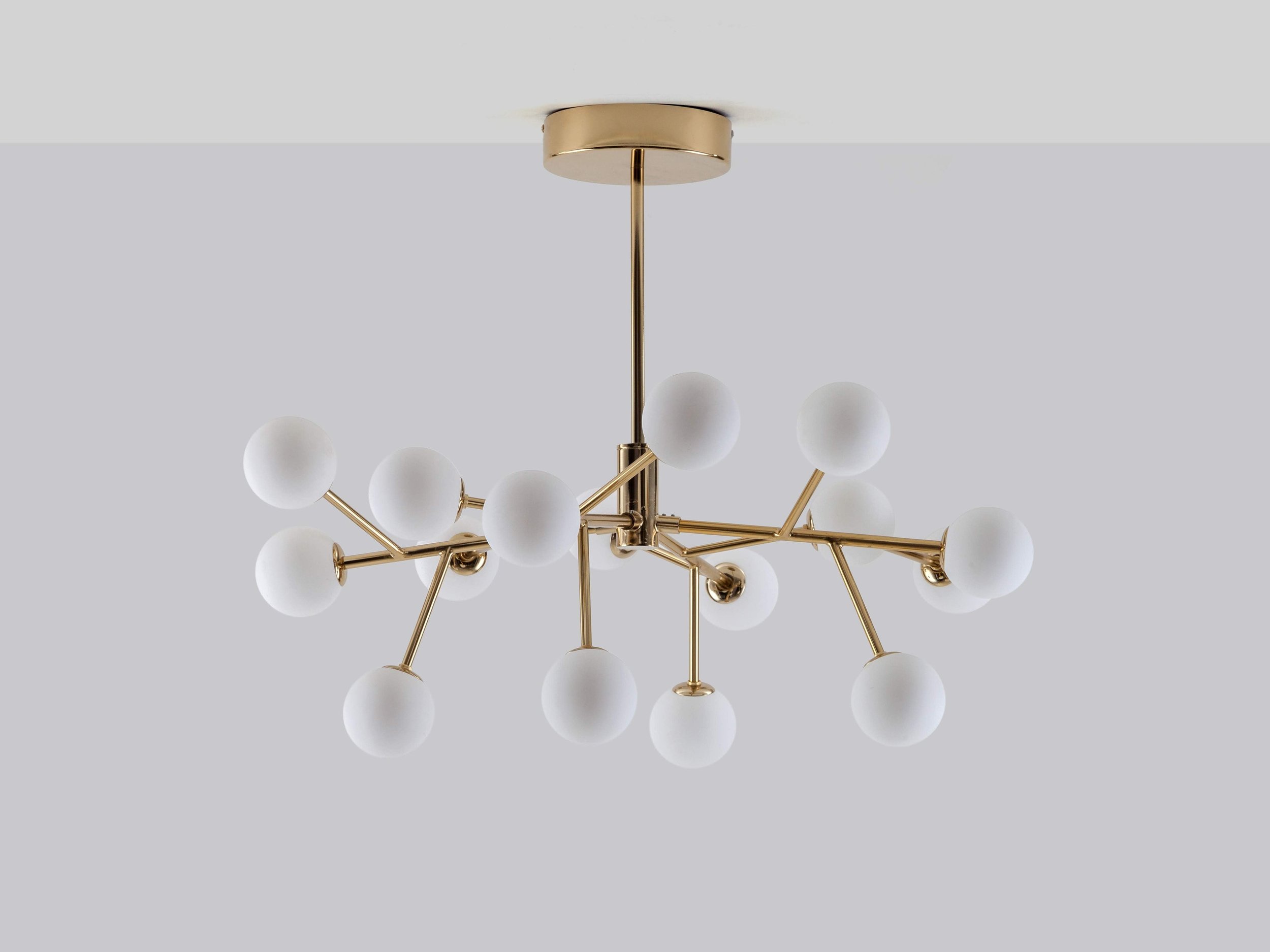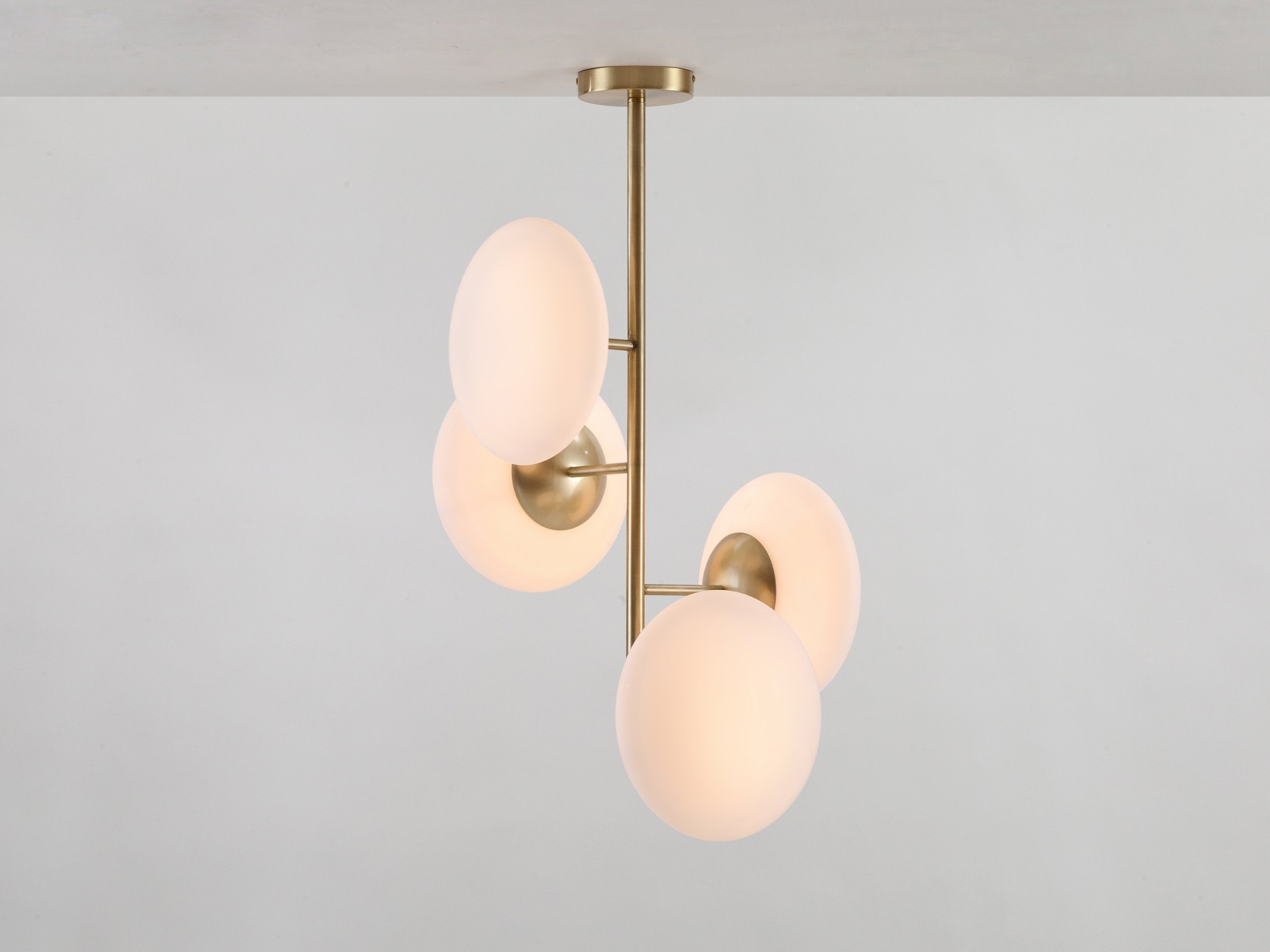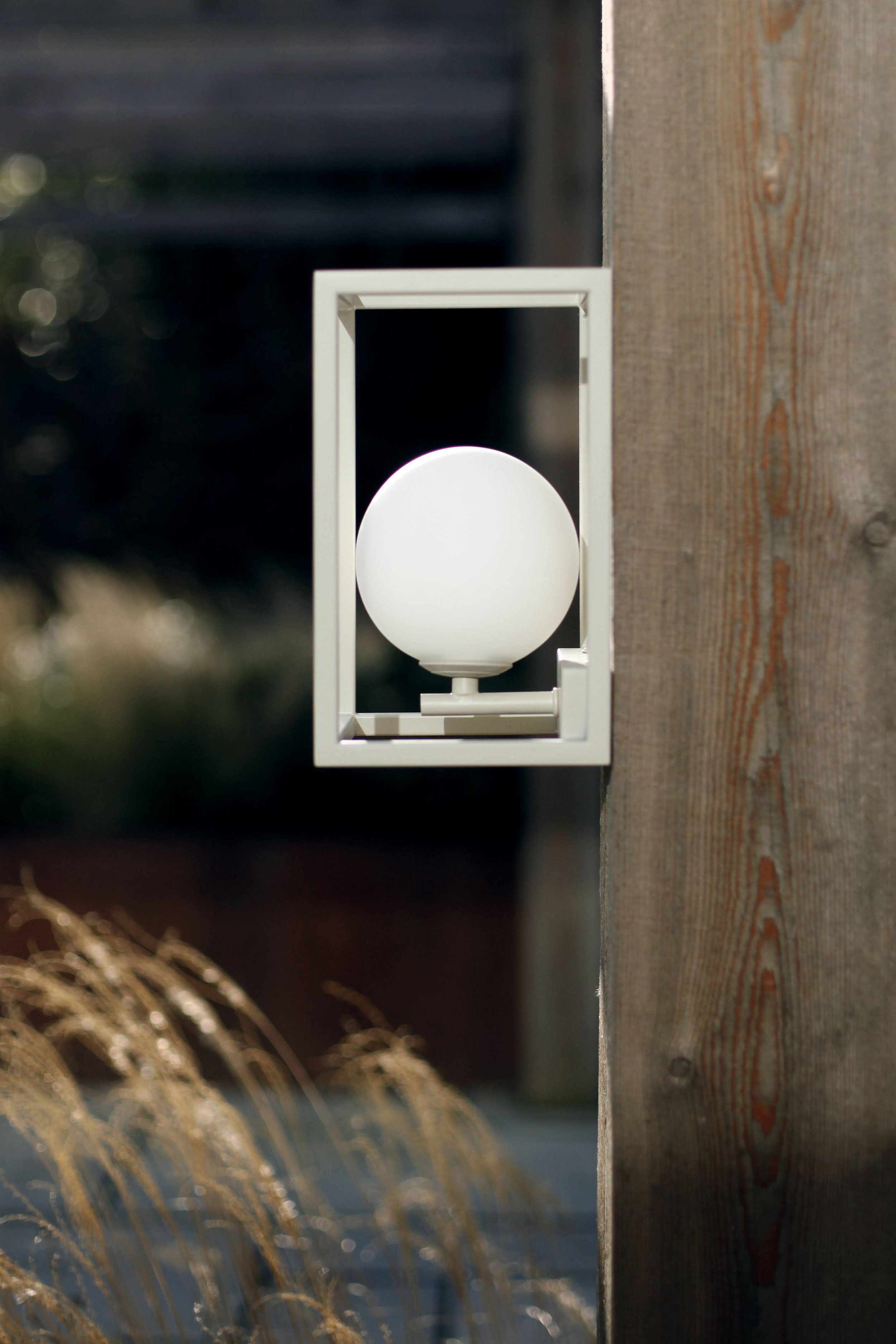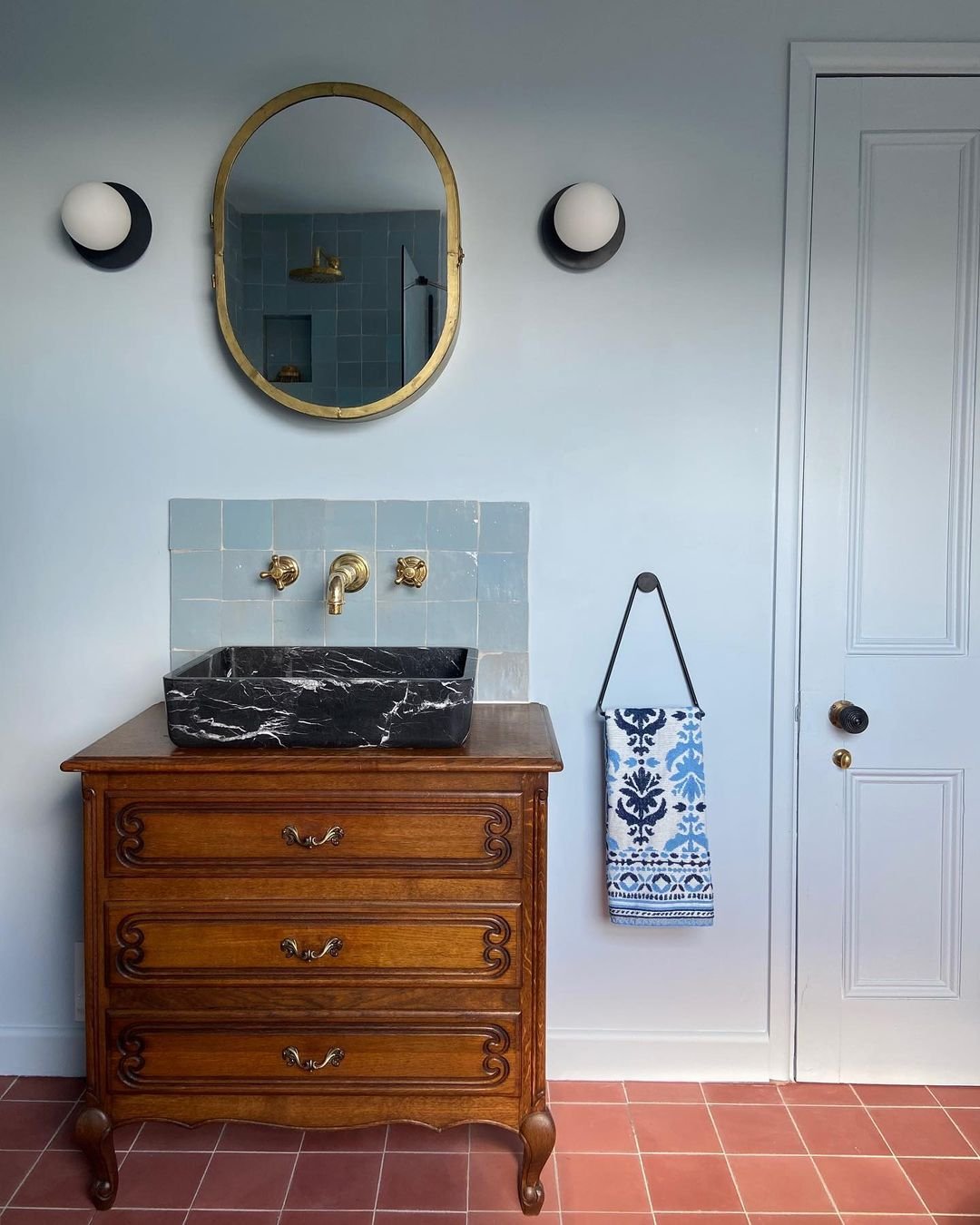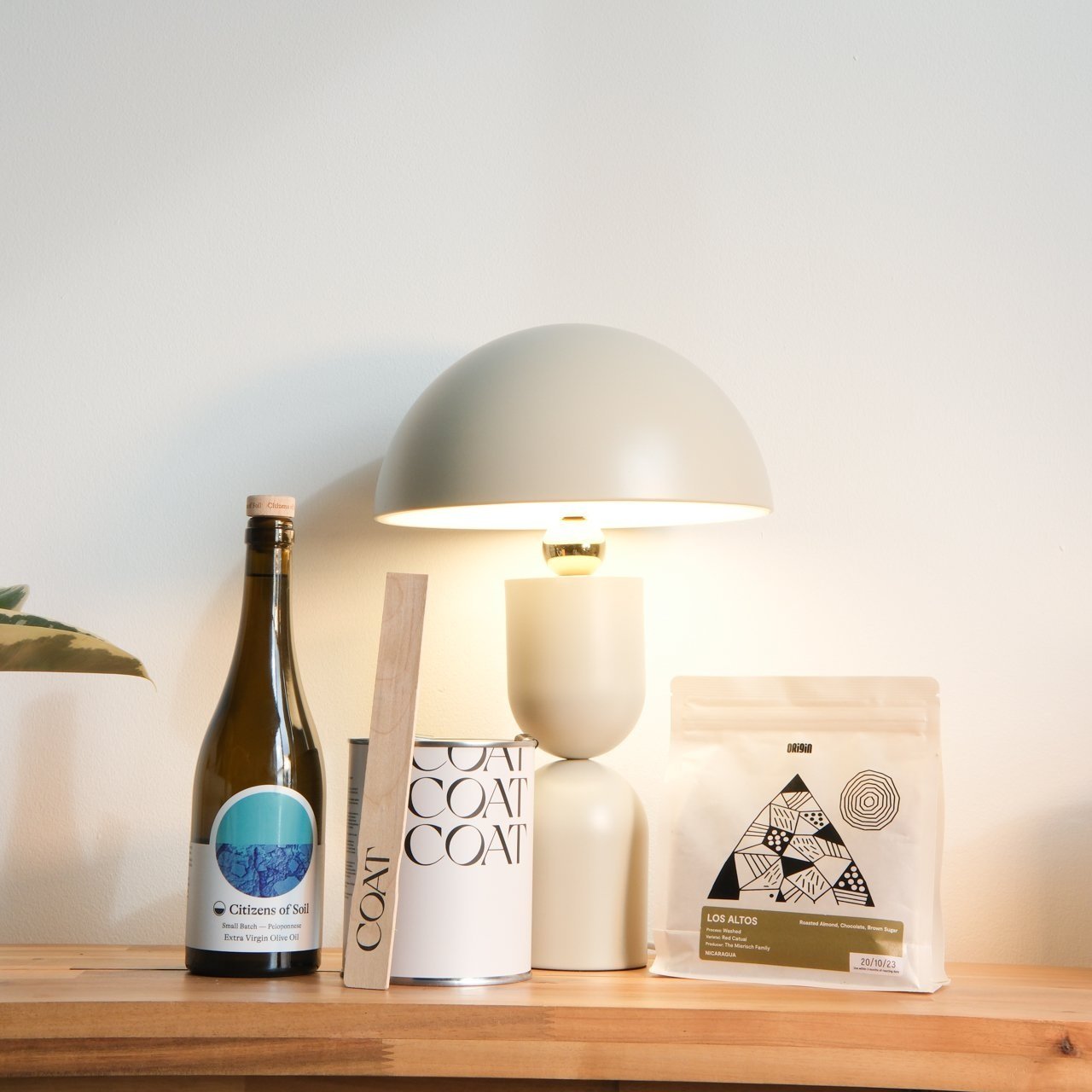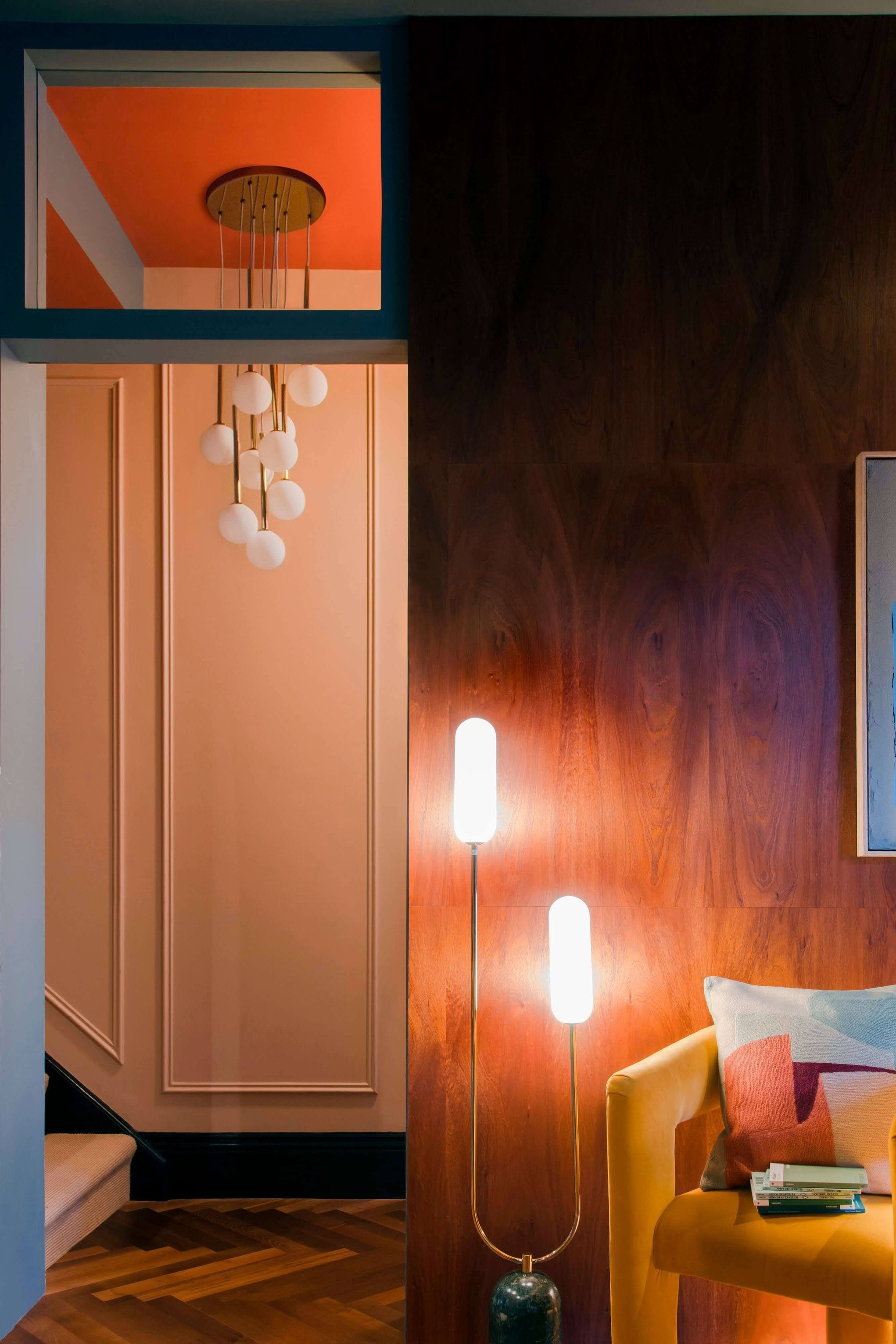How To Choose The Perfect Living Room Ceiling Light.
We believe it’s crucial that you choose the correct ceiling light for your living room, and here’s why. From a practical point of view, ceiling lights benefit your visual experience, using their advantage of height to spread an even distribution of light from wall to wall. In terms of their aesthetic role, ceiling lights often take centre stage, and therefore naturally determine the mood of the space beneath them, influencing colour palettes, fabrics and furniture, along with the atmosphere within which all of these elements coalesce. See? It’s important stuff!
There are endless options out there, and you may be feeling overwhelmed by choice, so we’re here to make it nice and simple for you to pick the perfect modern ceiling light.
What Are The Main Types Of Ceiling Light Fittings?
The first step in the decision process is to identify the main types of ceiling lights available, and to outline how they operate. Once you’re clued up on the function and effect of each kind of fixture out there, you’ll have a clearer idea of which will fulfill your lighting needs.
Flush-Mount Ceiling Lights
Flush-mount fixtures sit directly against the ceiling and project light downwards through ornamental glass or a plastic bowl-shaped cover, both of which can be found in a variety of styles. They’re a popular space-saving option, ideal for small or medium sized living rooms. The decorative filter surrounding the bulb serves to dim the emitted light, preventing glare and enabling ambience.
Semi-Flush-Mount Ceiling Lights
Semi-flush-mount fixtures attach to the ceiling with a short stem, allowing a degree of distance between the fixture and its base. The stems are usually adjustable, so you can decide how low or otherwise you’d like the fitting to fall. We recommend you choose the semi-flush fixture for living room ceilings that are 10 feet or higher, to avoid any accidents. Like the flush-mount, this fixture offers a soft, dull glow.
Chandeliers
Chandeliers add a classy touch to your living rooms. They’re often large in size to match their impressive appearance, considered as decorative features in their own right. Chandeliers carry a network of delicate branches which suspend light bulbs or candles and spread a soft, warm ambience over the spaces below.
Ceiling Pendants
Pendants are single light fixtures, suspended from the ceiling by a cord, chain or metal rod. They’re often styled in multiples, with the fixtures lined up alongside each other above kitchen islands, bathtubs or living room coffee tables.
Spotlights
Spotlights present in various forms, most commonly as small and circular fittings, installed directly into the ceiling. They project an intense, streamlined beam of light towards a specific point within a room, usually a space of activity or a decorative feature.
What Is The Right Lighting Style For Your Space?
Luckily, if you’re willing to search far and wide, most of the lighting fixtures pinpointed above can be found in a design and finish that will accommodate the aesthetic of your home. This includes modern, traditional and contemporary interiors, and even those that are less ubiquitous, like Art Deco or rustic farmhouse. However, we reckon that some fixtures are inherently suited to specific interiors. For example, chandeliers are most consistent with traditional or historical themes, whereas pendants may be better catered to minimalist, contemporary themes.
With all that said, your home is your home, and consistency may not be your objective. Ultimately, it’s whatever feels right for you. Perhaps you’re beginning a home renovation project, or completely starting from scratch, and the light fitting you choose could be the springboard for the rest of your design decisions. In that case, think about your space availability and the kind of effect you wish to execute. If you’re looking for a gentle glow of light to wash over your living room space evenly from floor to ceiling, flush-mount, semi-flush or chandelier fittings would be suitable. Alternatively, you may be aiming for targeted illumination (direct, focused beams of light), in which case spotlights or pendant lights would suffice.
Which Finish Suits Your Style?
Similar to our conclusion above, the best finish for your living room ceiling light depends, to some extent, on your general aesthetic, but one route to a decision is to take note of the more minor details around your home — hardware touchpoints such as door handles, door knobs and rails, along with your switches, sockets, fireplaces and skirting boards. What kind of finish already prevails over these features? If consistency is what you’re after, you’ll want your ceiling light to match, or at least to complement its surroundings.
For those of you with a living room that is yet to be kitted out, the colour of your ceiling light could be the trendsetter. Popular tones such as brass, chrome and satin nickel are timeless finishes — opting for these will make other design-based decisions easier for you, as they’re used for all kinds of home features, and their neutrality renders them ideal for all kinds of living room aesthetics, too.
What Size Do I Need?
With the style and finish of your living room ceiling light decided, you now need to ensure it’s the right size for the respective space.
Generally, the amount of illumination provided by a light fixture is governed by its size. By ‘size’ we’re referring to the measurement of the light’s diameter. A wide light will have a large diameter, which means that the bulbs are spread further apart and will therefore offer a longer stretch of light. So, a large living room requires a large fixture for adequate illumination. A small living room will be sufficiently lit by a small light fixture, which is also the best aesthetic solution, as it is proportional to its surrounding space.
What Kind Of Bulb Do I Need?
There are many different types of bulb available, all of which advertise a different impact to its alternatives, so it can be tricky to determine which one to choose. To navigate your needs, the first question you have to ask yourself is this: how intense do I want my living room ceiling light to be? As a main source of ambient mood lighting, we’d suggest that it isn’t so intense, but even this verdict has some wiggle room. Consider your lighting scheme as a whole. Are there going to be supporting lights that will overlay the foundational glow of your ceiling light, such as table lamps, floor lamps or wall lights? If so, you can chill out on the brightness. However, if it will be operating alone, and you want to engage in activities in your living room — reading, crosswords, sewing, board games — you may need to up the brightness. Think about your lifestyle, and what kind of lighting will accommodate this.
So, how do you work out the brightness of a bulb? All the info is on the back of the bulb box. You need to focus on ‘lumens’, the unit used to measure bulb brightness. A large quantity of lumens translates as very bright light, and a small quantity as dim light. For living room ceiling lights, then, with the intention of a supportive lighting scheme to operate in conjunction with your central fixture, we recommend looking for bulbs with limited lumens.
Many of our light fixtures are powered by cost-and-energy-efficient LED bulbs. These bulbs tend to be on the dimmer side, which makes them ideal for ceiling lights (never mind your pocket, and the environment!). If this sounds appealing, take a browse through our site and see for yourself.


